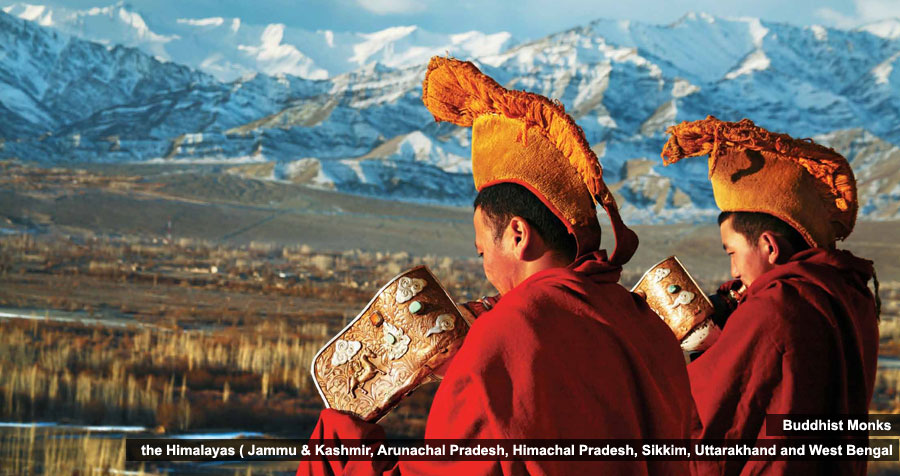BEAUTY OF INDIA
Friday, 15 August 2014
Kalaripayattu
<script async src="//pagead2.googlesyndication.com/pagead/js/adsbygoogle.js"></script>
<!-- Behind the beauty -->
<ins class="adsbygoogle"
style="display:inline-block;width:300px;height:250px"
data-ad-client="ca-pub-4652925211239166"
data-ad-slot="3022303851"></ins>
<script>
(adsbygoogle = window.adsbygoogle || []).push({});
</script>
Monday, 14 October 2013
Friday, 30 August 2013
A tiger in Bandhavgarh
Bandhavgarh National Park is one of the popular national parks in India located in the Umaria district of Madhya Pradesh. Bandhavgarh was declared a national park
in 1968, with an area of 105 km². The buffer is spread over the forest
divisions of Umaria and Katni and totals 437 km². The park derives its
name from the most prominent hillock of the area, which is said to be given by Hindu Lord Rama to his brother Lakshmana to keep a watch on Lanka (Ceylon). Hence the name Bandhavgarh (Sanskrit: Brother's Fort).
This park has a large biodiversity. The density of the tiger population at Bandhavgarh is one of the highest known in India. The park has a large breeding population of leopards, and various species of deer. Maharaja Martand Singh of Rewa captured the first white tiger in this region in 1951. This white tiger, Mohan, is now stuffed and on display in the palace of the Maharajas of Rewa.
This park has a large biodiversity. The density of the tiger population at Bandhavgarh is one of the highest known in India. The park has a large breeding population of leopards, and various species of deer. Maharaja Martand Singh of Rewa captured the first white tiger in this region in 1951. This white tiger, Mohan, is now stuffed and on display in the palace of the Maharajas of Rewa.
Tuesday, 27 August 2013
Sunrise in Varanasi
Varanasi also Benares, Banaras or Kashi, is a city on the banks of the Ganges (Ganga) in Uttar Pradesh, 320 kilometres (200 mi) southeast of the state capital, Lucknow. It is holiest of the seven sacred cities (Sapta Puri) in Hinduism and Jainism. Hindus believe that death at Varanasi brings salvation. It is one of the oldest continuously inhabited cities in the world and the oldest in India.
Many of its temples were plundered and destroyed by Mohammad Ghauri in the 12th century. The temples and religious institutions in the city now are dated to the 18th century.
The Kashi Naresh (Maharaja of Kashi) is the chief cultural patron of Varanasi, and an essential part of all religious celebrations. The culture of Varanasi is closely associated with the Ganges. The city has been a cultural center of North India for several thousand years, and has a history that is older than most of the major world religions. The Benares Gharana form of Hindustani classical music was developed in Varanasi, and many prominent Indian philosophers, poets, writers, and musicians live or have lived in Varanasi. Gautama Buddha gave his first sermon at Sarnath located near Varanasi.
Varanasi is the spiritual capital of India. Scholarly books have been written in the city, including the Ramcharitmanas of Tulsidas. Today there is a temple of his namesake in the city, the Tulsi Manas Mandir. One of the largest residential universities of Asia the Banaras Hindu University is located here. Varanasi is often referred to as "the city of temples", "the holy city of India", "the religious capital of India", "the city of lights", "the city of learning", and "the oldest living city on earth."
Subscribe to:
Posts (Atom)






